‘Just a little bit more and we'll cross the line’: Kazan predicts overstocking of new buildings on the market
Housing developers were urged to pay attention to other real estate segments
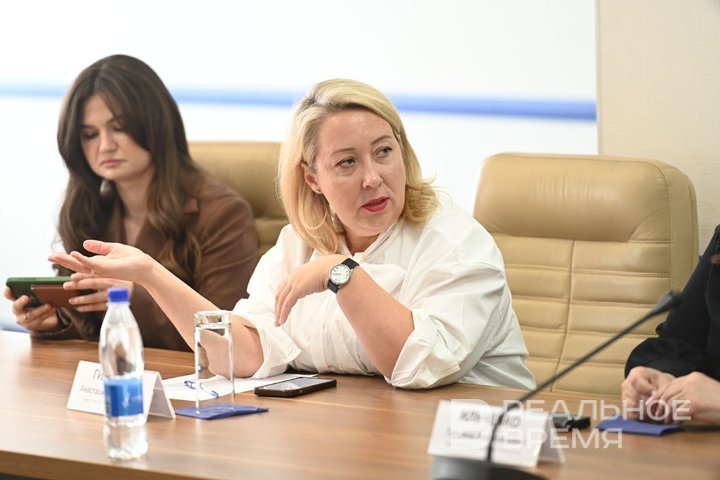
In Tatarstan, overstocking of the primary housing market is growing, and it is only a little bit away from the critical mark. This was stated by participants in a round table talk of the Russian Guild of Managers and Developers dedicated to real estate problems and the results of the first quarter of 2025. In the context of a decline in sales, housing developers in Kazan were offered to consider warehouse real estate as one of the options for diversifying their portfolio. It was this segment that turned out to be the most stable in the crisis, experts emphasized. Read more about it in the report of Realnoe Vremya.
“The worst April” and hopes for a new family mortgage
“April was the worst in the last five years in terms of registered equity participation agreements — only 1,476 transactions. Only January was worse — traditionally not very good for primary housing sales. If you look at transactions on the secondary market, there is nothing to be happy about there either,” said managing partner of Perfect RED and authorized representative of the Russian State Housing Development Agency in Tatarstan Yelena Stryukova outlining a bleak picture of the new and secondary housing market.
Head of the Happy Home real estate agency Anastasia Gizatova continued the topic and shared some good news. On the instructions of the president, Russia plans to extend family mortgages to families with equity participation agreements (EPAs) and children under 14.
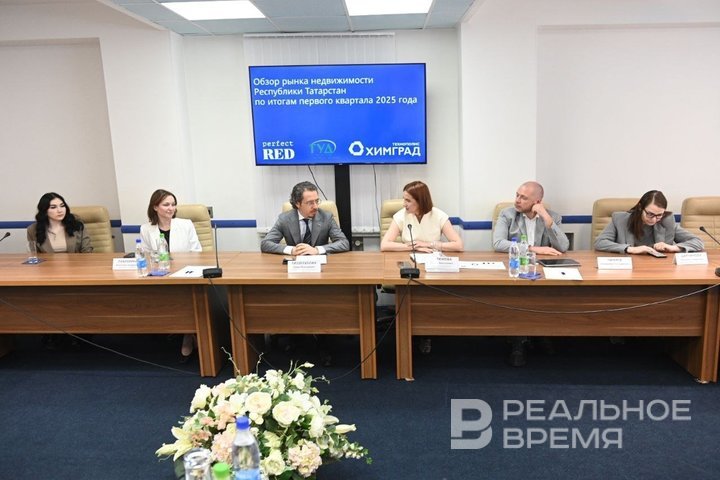
“This will immediately shake up the real estate market. Because now only parents with children up to and including six years of age can apply for participation in the program. In fact, this is such discrimination! Families with school-age children are much more in need of better housing conditions,” she emphasized, “We all understand that the main goal of this restriction to six years is to stimulate the birth rate and contribute to the increase in Russians.”
“A little more and we will have a glut in the market, like in Bashkiria”
According to her, now in Tatarstan, about 60% of citizens buy new buildings in instalments from developers. At the same time, about 40% are counting on converting into a mortgage or selling this apartment in order to receive income. About 3% hope to pay off the debt by selling secondary housing. And only 7% are those who decided to use the deposit at the end of the instalment plan. All this is happening against the backdrop of a decrease in the number of new projects and an increase in glut in the primary market.
“The situation in Tatarstan is such that we are about to cross the critical line, when we will have a glut on the market and the percentage of unsold housing will be like in Bashkiria. We are currently in eighth place — our sellout rate is 0.75. When it reaches 0.65, that is a critical point, and there will be significant glut on the market,” warned Gizatova.
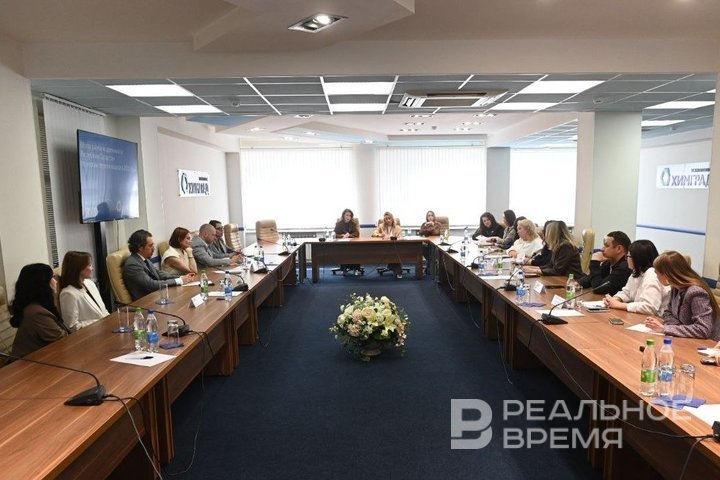
In other words, by the time the building is put into operation, more than half of the apartments in it will not be sold. Moreover, as a rule, these will be two— and three-room apartments.
“I have to agree, the number of transactions in Kazan has indeed decreased. According to my data, a thousand transactions are all types of real estate, of which about 600 are apartments, and more than half of them are in installments, that is, there are very few mortgage transactions,” Commercial Director of NovaStroy Group of Companies Antonina Darchinova continued the topic, “We have a predominance of mortgages, because we deal with standard and comfort classes, among other things.”
These apartments are covered by a family mortgage in terms of the limit, you can add a down payment and stay within 6 million rubles. But within the city limits of Kazan, according to her, it is unrealistic to purchase a new building under the program: “A business-class apartment under a family mortgage is simply out of our reach right now, even if it is expanded in terms of the target audience.” Instalments are a forced and very risky measure for the developer, it is used in the absence of other tools for purchasing housing.

“Even a small increase in shopping centres looks like a feat”
The situation is different in other segments of the real estate market in Kazan and Tatarstan. At the end of the first quarter of 2025, the availability rate for office properties reached 4%, which is 3 percentage points higher compared to the same period in 2024. Among the reasons for the increase in the share of vacant premises is the entry of new properties to the market: ART Centre and UNO.
In shopping centres, the process of replacing brands that left Russia has almost completed. According to the results of the first quarter of 2025, the vacancy rate was only 6%. Most of the new tenants are Russian companies.
“We analyzed how our income and expenses have been growing over the past five years. It turned out that we are great, because our income grows every year by about 9-10% — this is the indexation that is spelled out in the lease agreements. And let me remind you what happened to the retail real estate market during these years — closing for six months during the COVID-19 pandemic, and then the departure of international tenants. Against this background, even such a small increase really looks like a feat, to put it mildly,” noted Yelena Stryukova.
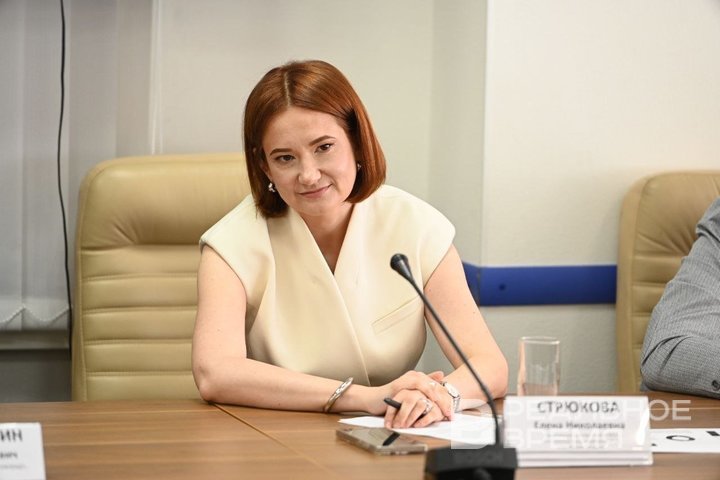
However, if you look at the dynamics of expenses, you can also see a significant increase — an average of 20% over five years. “In 2023-2024, the dynamics showed 34%. If we imagine two graphs — income and expenses — and extend them for another 5-7 years, we understand that the already thin margin layer will very quickly tend to negative values,” she added. In these conditions, there is nothing left to do but raise rental rates, which is what is happening.
Demand for light industrial has grown
Increasing rental rates and unpredictable dynamics of consumer activity have become the main restraining factors for concluding transactions in the warehouse real estate market in Kazan. In the first quarter of 2025, this segment saw a slight decrease in demand. A significant portion of tenants took a wait-and-see attitude, optimizing their resources and used space.
However, despite this, warehouse and industrial real estate remains the most stable segment of the market, experts note. Light industrial format properties are currently in particular demand.
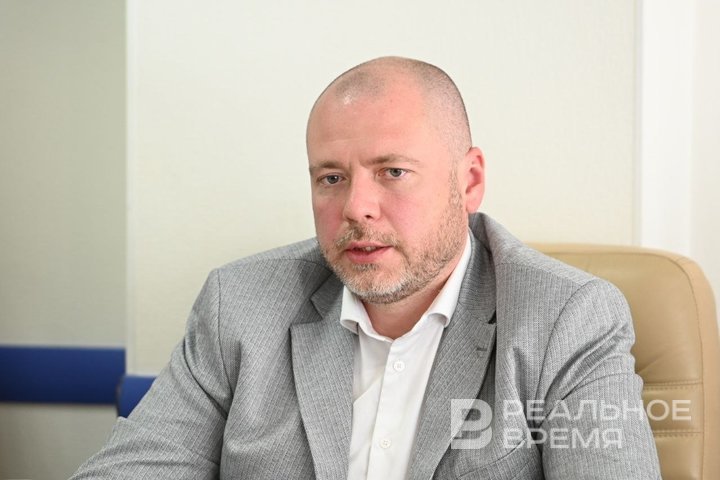
“A little advice to housing developers to consider such real estate as one of the options for portfolio diversification. Most often they use retail, look at shopping centres, office real estate is always offered. And production and warehouse real estate sag as something alien and uninteresting. But in times of crisis, warehouse real estate demonstrates stability,” emphasized Vladimir Chinyayev, partner of the development company Dg19.
“The demand for production premises has grown. In my opinion, this is strongly connected with the structural changes that are now taking place in the Russian economy in the real processes of import substitution,” noted the head of the technopolis Khimgrad Airat Gizzatullin, “It cannot be said that the market has frozen and there is no progress. Over the past three years, the volume of concluded contracts or changes in contracts has been maximum. A large number of companies have reduced their areas. But the companies that expanded, or others that came to us, completely filled the vacated areas with new clients and production.”
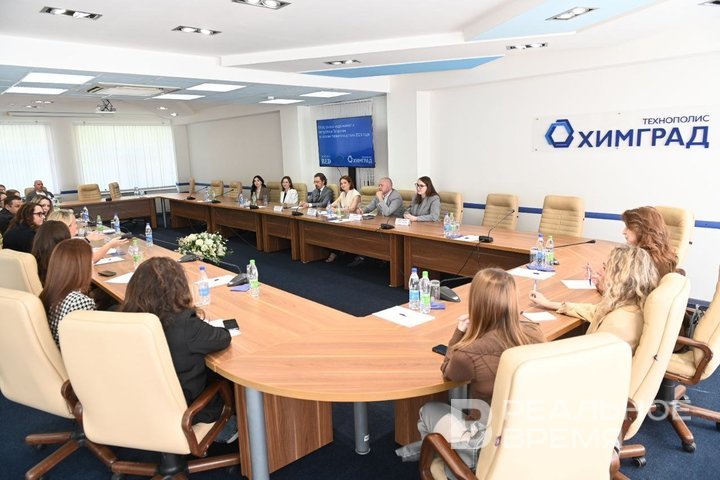
At the same time, he noted that rental rates in the industrial real estate segment in Kazan are among the highest in Russia. “Today we see that rates are approaching the psychological barrier of 1,500 rubles per square metre,” the speaker concluded.